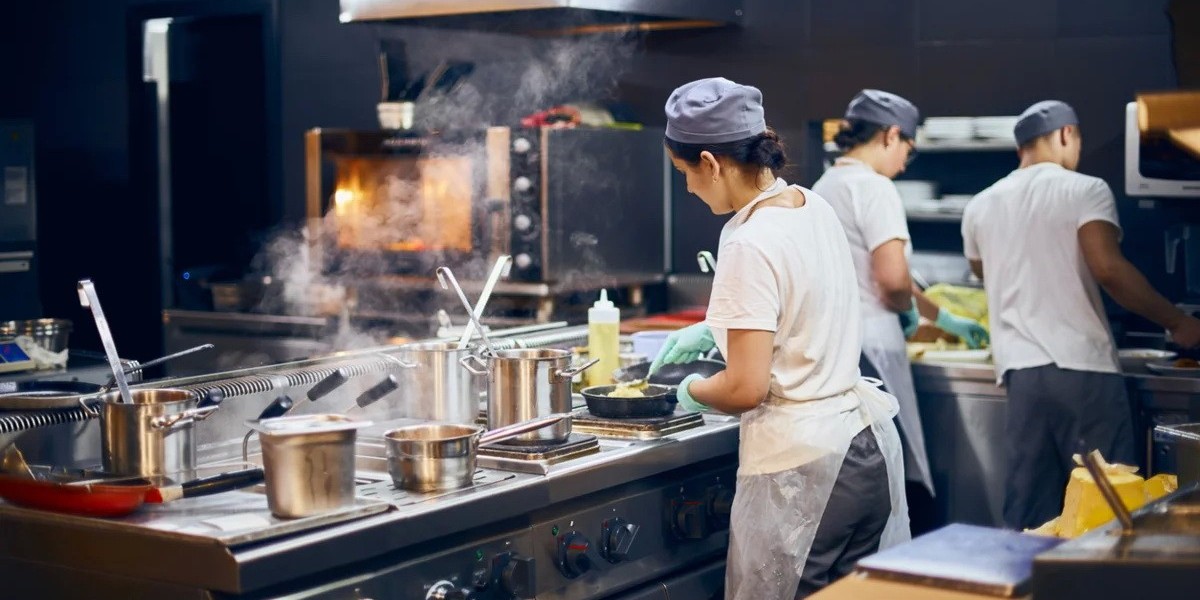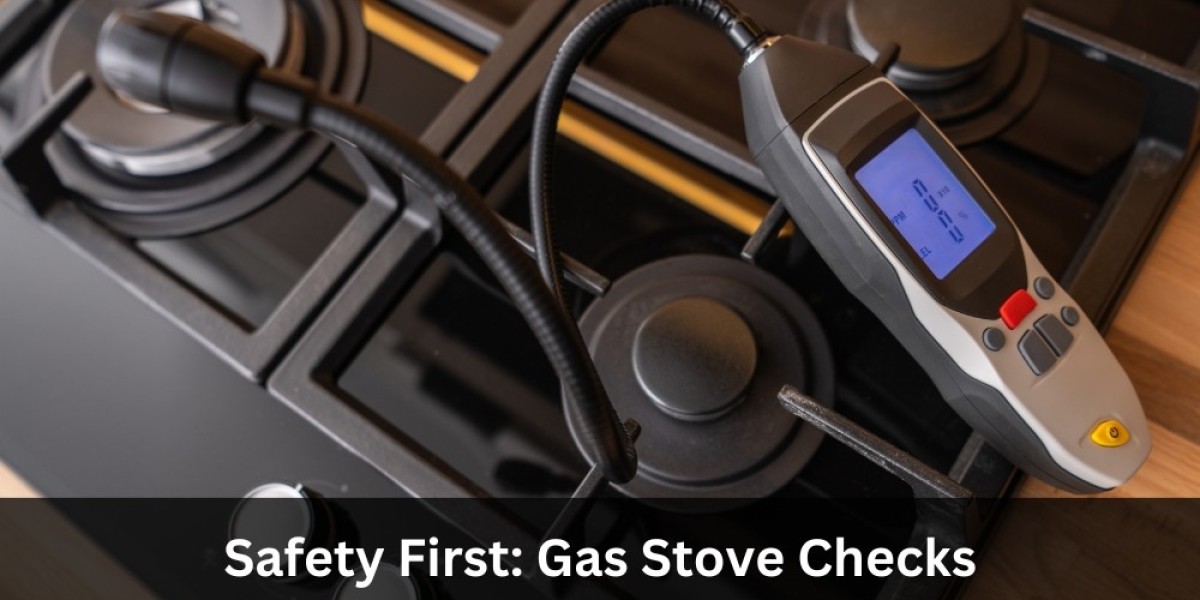The on-demand food delivery market has boomed in recent years, fuelled by apps like DoorDash, Uber Eats, Postmates and others. As demand grew, so too did the need for new and innovative ways for restaurants to keep up. This gave rise to virtual restaurant concepts without traditional dining rooms - known as dark kitchens, ghost kitchens or cloud kitchens. These virtual restaurants exist solely for delivery and takeout orders.
What are Dark Kitchens?
Dark kitchens (also called ghost or virtual kitchens) are commercial kitchen spaces that prepare food specifically for delivery and takeout. They do not have a traditional storefront or dining area - just space dedicated to food preparation and delivery logistics. Many dark kitchens occupy repurposed industrial buildings, warehouses or offices without much foot traffic.
Some key aspects of dark kitchens include:
- Delivery-only focus: Dark kitchens do not have seating areas and only fill delivery and takeout orders received via digital platforms. Their business model revolves entirely around off-premises consumption.
- Multiple virtual brands: Large commercial kitchens may house several "ghost kitchen" brands all operating independently from the same facility. This allows dark kitchen operators to experiment with various cuisines and concepts.
- Lower overhead: Without a dining room, dark kitchens spend less on front-of-house staffing and amenities. Their costs focus on the back-of-house operations required for high-volume delivery preparation.
- Centralized locations: Dark kitchen facilities aim to be strategically located for efficient delivery radii to dense consumer populations. Their locations may not be ideal for traditional sit-down restaurants.
- Aggregator partnerships: Major operators often work directly with delivery apps, facilitating high-volume production of orders received through the platforms' virtual storefronts.
Famous early adopters of the dark kitchen model include Kitopi, CloudKitchens and Reef Technology. However, the pandemic further accelerated the trend as more restaurateurs looked to delivery-centric operations. Today, dark kitchens serve as commercial incubators for many national delivery-focused brands.
What are Ghost Kitchens?
Sometimes used interchangeably with "dark kitchens", ghost kitchens more specifically refer to virtual restaurant brands that operate independently within a shared commercial kitchen space. These brand concepts have no physical storefront, existing solely as a delivery or takeout option.
US Dark Kitchens, Ghost Kitchens and Cloud Kitchens brands leverage partnerships and commissary kitchen facilities to focus only on off-premises business. They fill orders received online or via delivery apps without the dining area infrastructure of a traditional restaurant. Popular ghost kitchen examples include Chick-fil-A-inspired Eat Clean Bro, fried chicken concept Duke's Southern House, Subway replica Sandwich Universe, and Mexican cuisine virtual brand Las Mamas.
By circumventing real estate costs for a retail space, ghost kitchen brands can experiment more affordably with various cuisine types and delivery territories. Their locations are defined digitally through app storefronts only. If one concept is not performing well, it can be replaced easily by another without disrupting business at the kitchen facility itself.
What are Cloud Kitchens?
Cloud kitchens represent the evolution of larger industrial-scale commercial kitchen facilities dedicated entirely to food delivery operations. Run by major operators like CloudKitchens, these facilities house dozens of delivery-only restaurant brands all producing food on-demand from the same centralized location.
Cloud kitchen design focuses intently on maximizing production efficiency, automation, cost-savings and scale for high-volume delivery preparation. Their operations integrate closely with major delivery platforms, emphasizing partnerships over direct restaurant ownership. Cutting-edge production and fulfillment tech help cloud kitchens fulfill thousands of orders per day seamlessly.
While ghost kitchen tenants operate autonomously, cloud kitchen operators exercise more hands-on control over the facility function. They spearhead menu engineering, pricing strategy, and fulfillment logistics optimization. Top cloud kitchen companies also scour new delivery territory opportunities relentlessly for expansion.
The Future of Virtual Restaurants
As digital ordering accelerates, major fast food players are increasing their focus on delivery through ghost kitchen programs. International chains like KFC, Church's Chicken and Taco Bell are participating more actively in shared kitchen spaces. Overall, the US Dark Kitchens, Ghost Kitchens and Cloud Kitchens for virtual food brands is projected to exceed $1 trillion in the next decade.
Delivery efficiency improvements through AI, automation and ultra-convenience virtual brands will become major catalysts of future growth. While some question the sustainability of virtual restaurant concepts, the model's lower startup costs and scalability suggest they are here to stay as a main delivery driver. The rise of dark kitchens, ghost kitchens and cloud kitchens show no signs of slowing any time soon in the on-demand food delivery revolution.
Get More Insights On US Dark Kitchens, Ghost Kitchens and Cloud Kitchens.
About Author:
Ravina Pandya, Content Writer, has a strong foothold in the market research industry. She specializes in writing well-researched articles from different industries, including food and beverages, information and technology, healthcare, chemical and materials, etc. (https://www.linkedin.com/in/ravina-pandya-1a3984191)


